An increasing number of athletes are recognizing that yoga can not only improve their game, but also help them more quickly recover from injuries and prevent future ones. A comprehensive yoga practice helps to build core stabilization, strength, flexibility and balance required in a variety of sports. By adding yoga to their workout regimen, athletes can loosen up tight areas of the body that hamper optimal performance, recover faster from workouts, improve range of motion and gain greater mental focus and concentration. They can also improve coordination and mobility with the increased body awareness that comes from the integration of body and breath in yoga.
“In my opinion, EVERY athlete–irrespective of sport or discipline–has the potential to enhance his or her ability by adopting a consistent yoga practice,” writes famed ironman triathlon Rich Roll in MindBodyGreen. “I’d go so far as to say that if you’re not practicing yoga, you’re competing at a disadvantage and missing an opportunity to enhance peak performance.”
Holding your own bodyweight through arm balances, one-leg balance poses and planks, along with revolved body postures, builds strength and improves lean muscle mass, creating strong, supple and sculpted muscle. The isometric holding of poses adds an extra tool to resistance training. Each pose is designed to reinforce the muscles around your spine, strengthening the core and back. Sustained poses or a sequenced flow of poses challenge the muscles to work together simultaneously to maintain stamina and endurance. A focus on balance and coordination increases body awareness, allowing you to better hone proper technique and form in a sport.
Legendary Brazilian Jiu-Jitsu fighter and retired MMA champion Rickson Gracie famously has used yoga, meditation and breathing exercises in his training, in combination with Gimnastica Natural. “Besides being a fighter, I try to keep my physical [training] very smooth and a combination where I can be very flexible, very strong, very fast, very strong, very well-coordinated with a good balance and good breathing,” he said in the 1999 Documentary, Choke.
Yoga loosen joints and muscles, engaging all the ranges of motion. Enlisting muscles rarely used that can support the major muscles and joints help reduce muscular imbalances. By strengthening, stretching and lengthening muscles, yoga is a powerful antidote to sports injuries.
The most common weak spots in fighters frequently are inflexible hip flexors and psoas, as well as a tight shoulder girdle. Yoga can loosen and lengthen these muscles to improve flexibility and mobility, increasing the range of motion and opening up more options for martial artists to employ in a given fighting scenario. Yoga can correct muscular and skeletal imbalances that can develop from consistently defensive postures.
Common injuries for athletes in general involve the knee, shoulders, hamstrings, hip flexors and the ilotibial bands. Injury of the illotibial band is one of the leading causes of lateral knee pain in runners. Cyclists, weight lifters (especially those who do squats) and hikers are also vulnerable to this band of fascia, which is crucial to stabilizing the knee. Poor core strength, limited flexibility and misalignment are usually main causes for these types of injuries. Yoga directly addresses these weaknesses.
Running and cycling involve very repetitive movements, usually in a single direction in one plane of motion—the sagittal plane—with front-to-back movement. Standard gym lifting workouts also predominately operate in the sagittal plane. Baseball players dwell more in the transverse plane, with rotational movements that include turning and twisting, like throwing balls or swinging bats. Tennis players rotate their spine, shoulders and hips with great force to swing through a ball, only to come to a stop almost instantaneously. Golfers swing from the ground up, relying on rotation of the hips, core strength and well-developed coordination.
Over time, the repetition of running, lifting and swinging can cause the overdevelopment of certain muscles at the expense of under-utilized muscles. Tight hamstrings, hip flexors, quads and shoulders will lead other muscles and joints to overcompensate, leading to muscle imbalances and injury.
The pose downward facing dog is great for runners, cyclists or weightlifters to stretch the entire front of their body while improving flexibility and circulation. Dancer’s Pose lengthens the entire front of the body, as well as releases tension in the quads, which can be very tight in runners. Runners will also benefit from poses that stretch the lower body and keep the muscles long—high lunge strengthens the ankles and feet, while stretching the hip flexors, calves and groin.
Stretching the short, rigid of muscles built by running also increases the shock absorption of the body and creates a lighter footfall. A runner has approximately 1,000 footfalls per mile, and with each step, the feet, legs and hips absorb three to four times his or her bodyweight. Increased flexibility and elasticity of the muscles helps to reduce the risk of developing injuries cause by repeated trauma to connective tissues, including shin splints.
Lolë running ambassador Leanne Shear uses yoga for her post-run recovery practice. “For some of us runners, stretching and yoga is an afterthought at best,” said Shear. “However, flexibility will definitely make you a better runner.”
Golfers, tennis and baseball players largely focus on rotational movements. Favoring one side of the body leads to better range of motion and flexibility on their dominant side and muscle imbalances on the other. Rotating the torso, twisted lunge or revolved chair pose are chest and shoulders openers that correct any upper body imbalances. They also keep the core tight. The obliques, or external abdominal muscles, function in the transverse plane to help you rotate, as well as prevent you from rotating too much. These revolved yoga poses twist the body in the transverse plane, which open up tight obliques and lower back muscles.
Former pro wrestling champ Diamond Dallas Page credits yoga for helping him to recover from ruptured discs in his back. After three weeks of steady practice, Page began to notice positive changes in his body. “I was blown away by how much flexibility and strength was coming,” he said in an interview.
Swimmers and others who heavily use their upper bodies can benefit from the dolphin pose. Lifting the rib cage away from your shoulders and pressing your heels to the floor, this inverted pose, which rests the body on forearms and distributes weight from one leg to the other, stretches tight shoulder and chest muscles.
Cyclists often suffer from tight hip flexors and thighs. Pigeon pose is a great stretch for these areas of the body. Tree pose stretches the inner thigh and groin, while also strengthening the thighs, as well as the calves, ankles and spine. It is a great pose for improving balance and establishing a center of gravity.
Passive holds relax the body while giving the muscles a deeper stretch. These restorative poses aid recovery for the next workout. In corpse pose, the limbs are outstretched and all the muscles and the mind are relaxed to sink deeper into a meditative state. This expansive pose can be held for 5 to 15 minutes, allowing for deep relaxation of both the body and mind.
[youtube https://www.youtube.com/watch?v=CB_KRHXU1BA]
Another crucial component of yoga is pranayama, or breath work. Erratic or jerky breath can cause increased respiration rates and tension in the muscles. Learning how to properly breathe from the diaphragm, for instance, makes the body more energy-efficient, enhances flexibility of the ribs and spine and increases lung capacity. Controlled and steady nasal breathing relaxes the muscles, allowing them to be stretched more easily.
Breath work increases circulation and flexibility, which helps the body to recover more quickly. Lastly, it improves concentration and focus, allowing athletes to stay present in the moment. Reducing anxiety and mental stress allows athletes to stay calm under pressure and pace themselves through a challenging game or competition.
“Sometimes when I make my routines, I get into a very special stage of meditation. And this is beautiful because I am able to exercise and totally clean my mind and keep myself in the present moment,” Gracie said.
He believes meditation helps practitioners get a deeper understanding of fears and emotional stresses. “When you control your breath, you can actually control yourself–mentally and physically,” he said.
Learn more about sport yoga at The Mind-Body Shift here.
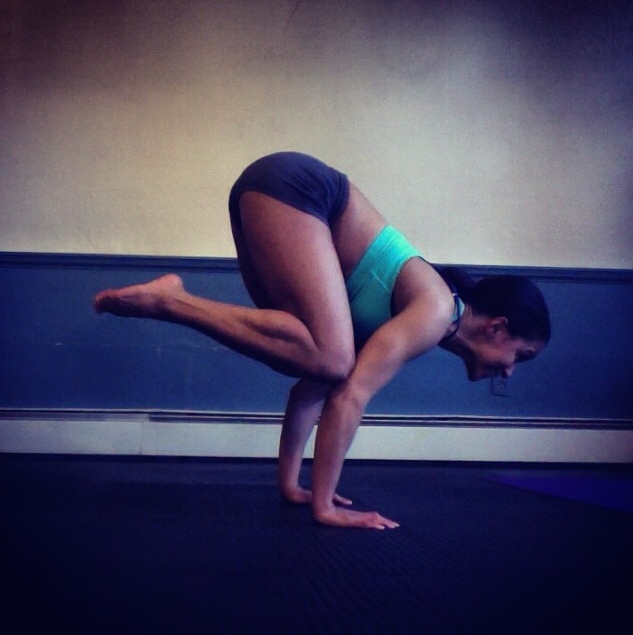

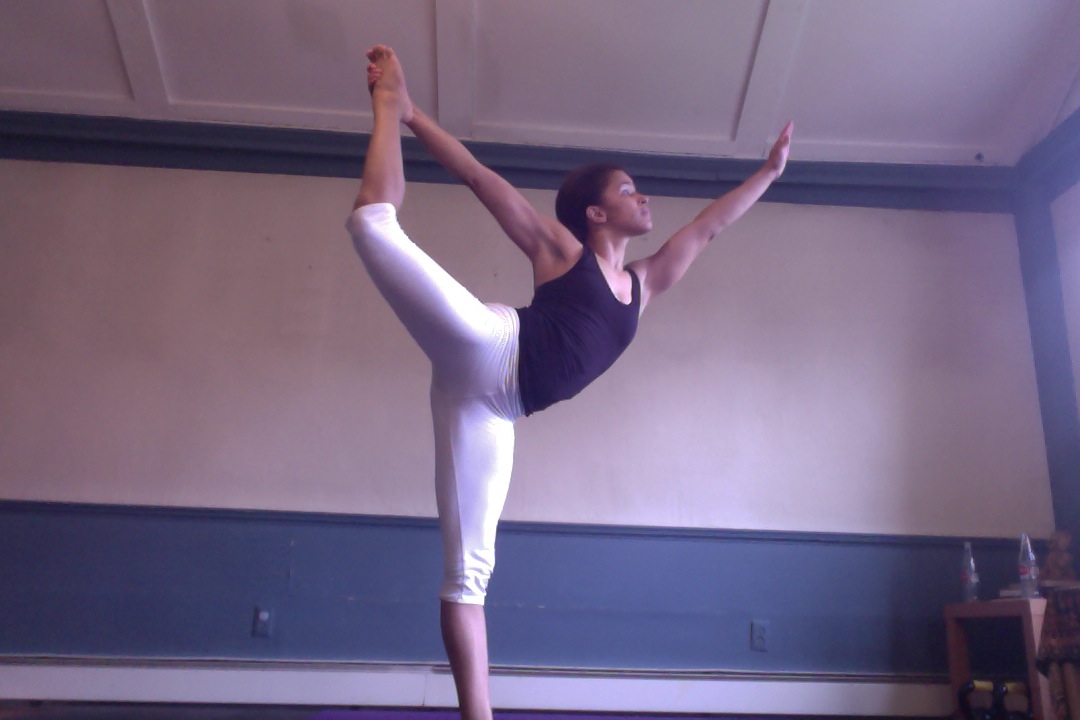
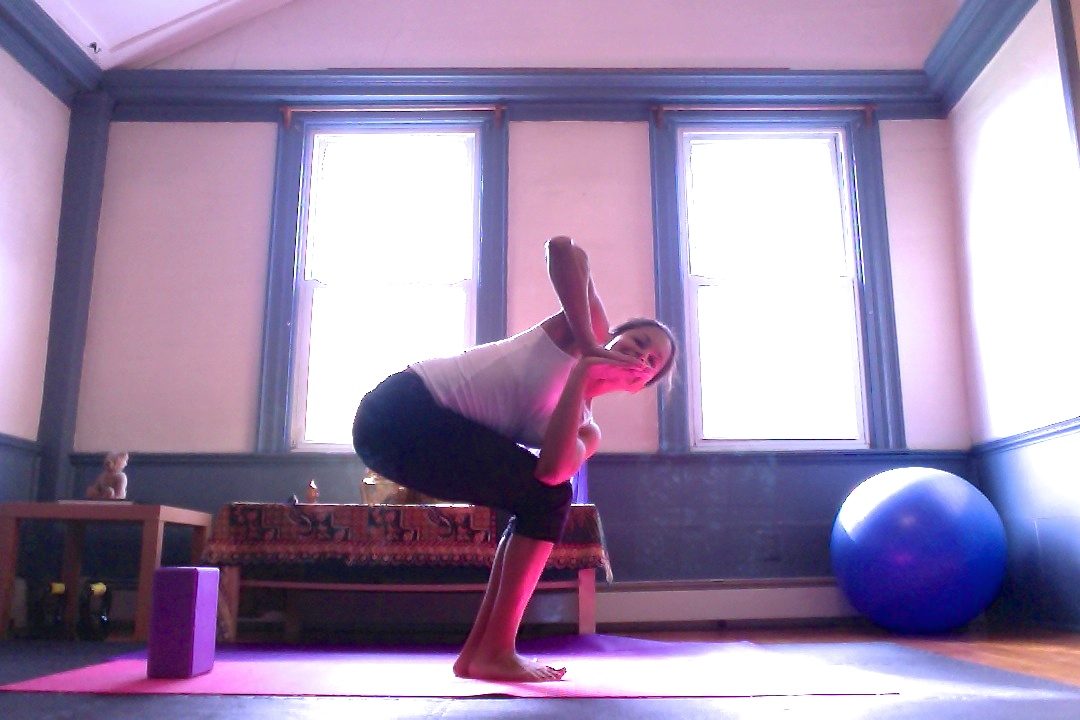
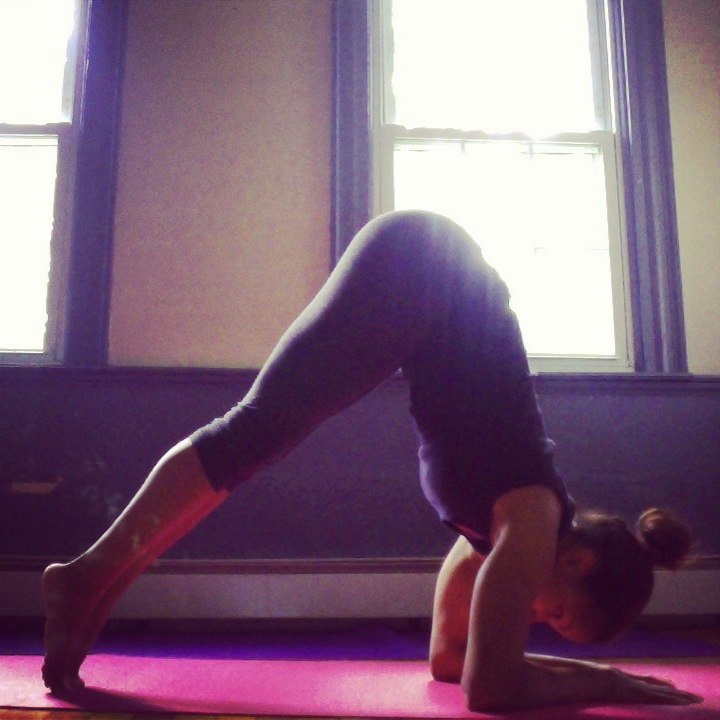
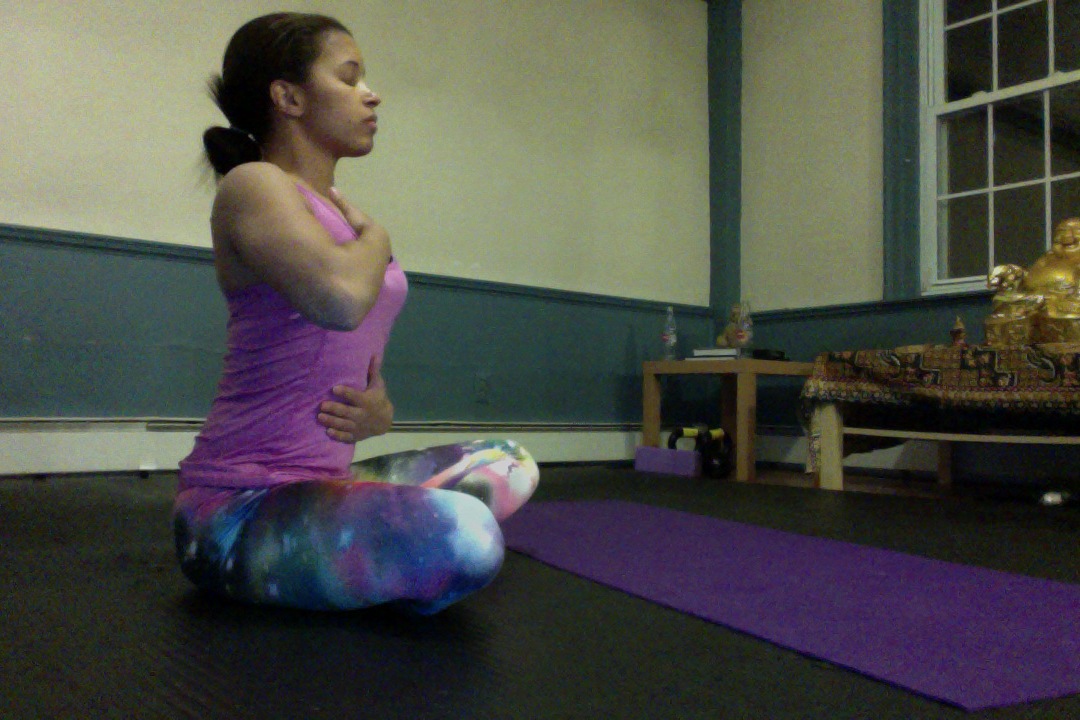
Haha I’m a looooooong way from being able to hold my own bodyweight in any pose other than a plank. But I’ve been doing 10 and 15 min beginner yoga routines lately, and even with the very basic stuff I noticed what you mentioned about many less-used muscles coming into play.
So many athletes think of yoga as another workout session. And in some ways it is. But how many athletes work out their minds? Yoga works the body through a number of asanas and transitions, but practicing visualizations and active mediations can take an athlete away from those deeply rooted negative thoughts.
Visualizing success and learning how to be calm and centered in pressure situations is huge. Rediscovering the mind-body link and the power of body awareness is extremely powerful.
You’re speaking my language :-).
Jessie, that’s awesome that you’ve been easing into yoga. It’s all about the practice. Yes, it’s amazing how many muscles you find engaged during yoga that were previously underused or ignored completely!